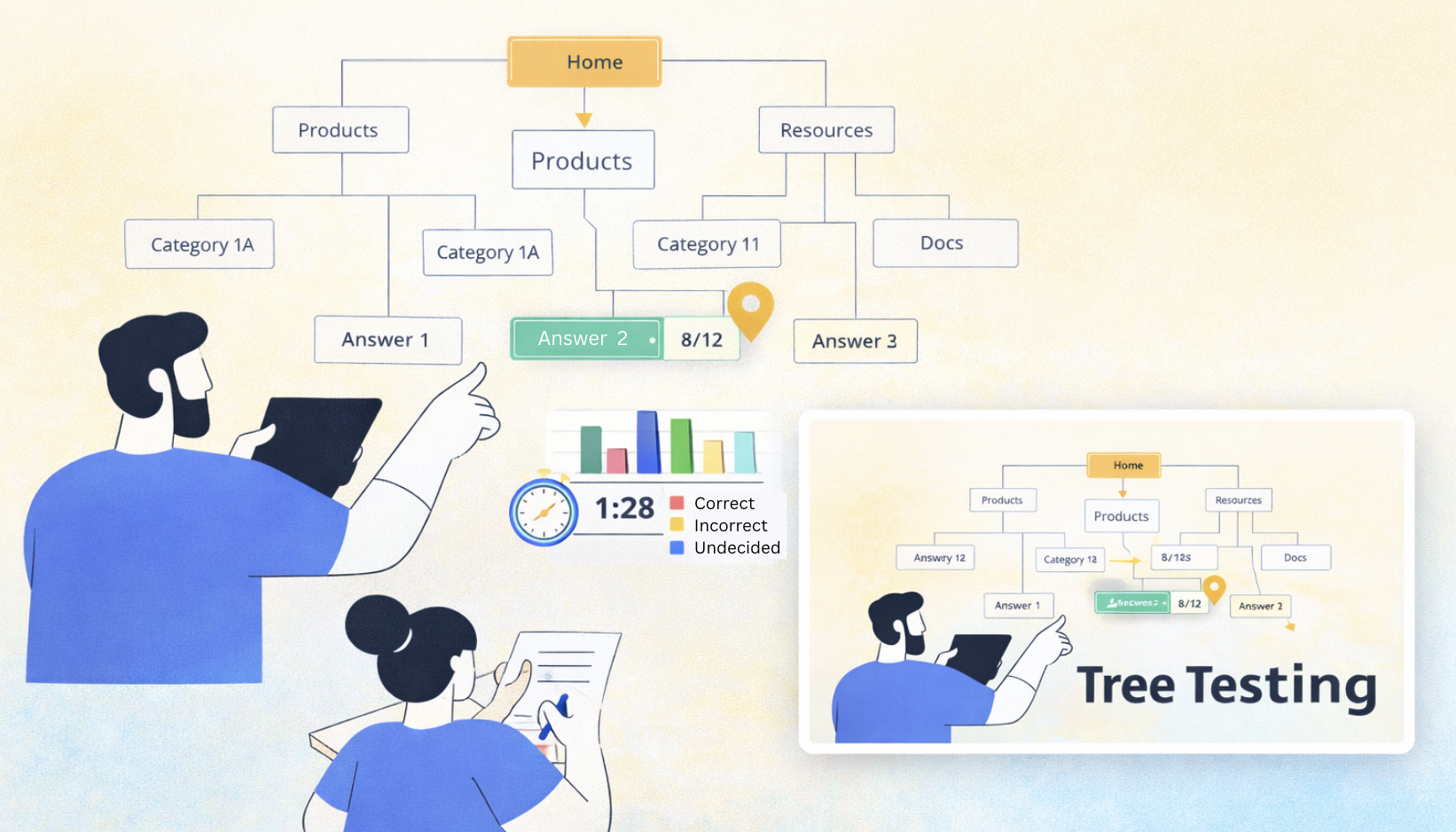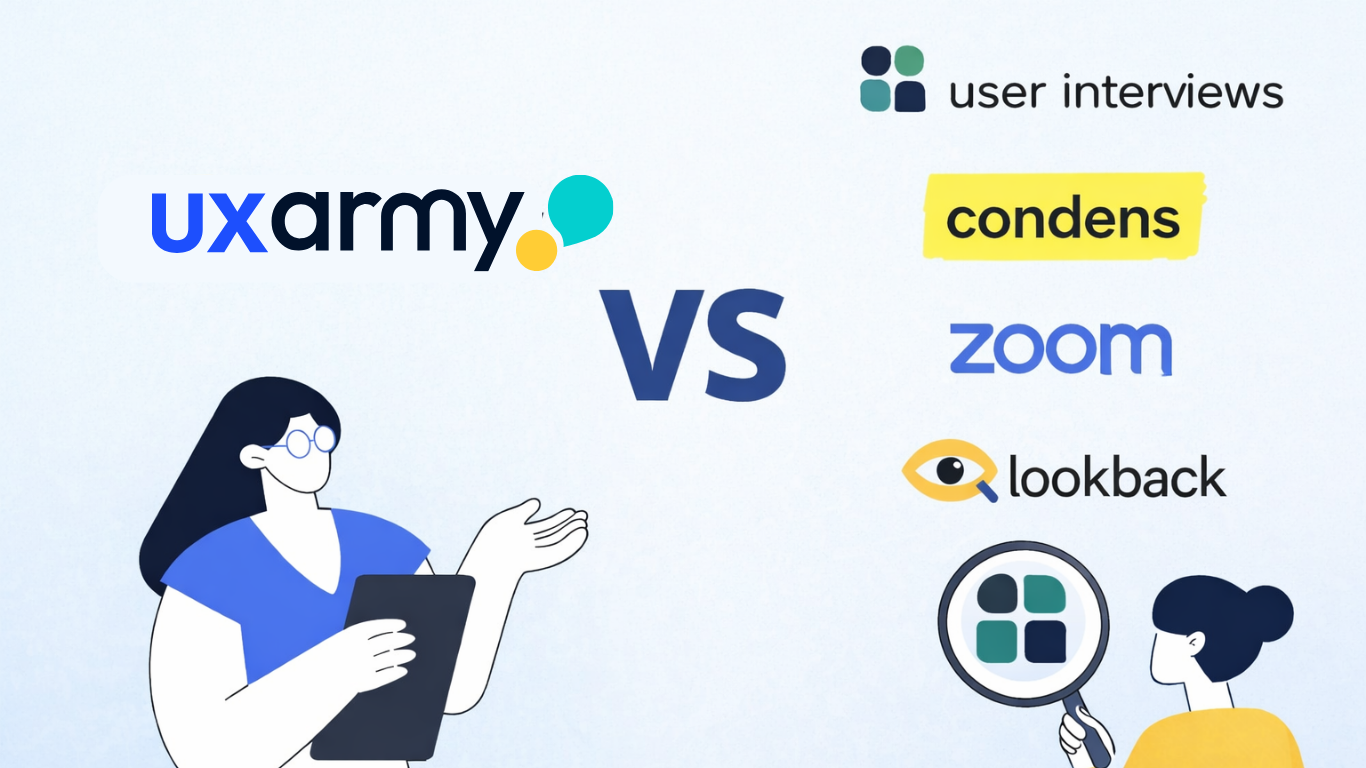Introduction: The Age of User-Centric Product Teams
Gone are the days when product decisions were made solely by intuition, internal debates, or the loudest voice in the room. Today, the best product teams are those that stay relentlessly focused on users. They prioritize empathy, evidence, and continuous validation. And at the center of this shift are user research platforms.
These platforms make user insight collection fast, scalable, and accessible – enabling product teams to test assumptions, validate designs, and understand user behavior throughout the product lifecycle.
“In a world of data overload, qualitative user feedback is the GPS that keeps teams headed in the right direction.”
The Evolving Role of Research in Product Development
Modern product development is increasingly cross-functional. Product managers, designers, engineers, and marketers all share ownership of product outcomes. But without direct access to user insights, their decisions can drift away from real user needs.
Research used to be a bottleneck: slow, centralised, and often reserved for big redesigns. But user research platforms have changed that. They’ve made it possible for insights to move at the speed of product development.
Challenges Product Teams Face Without Research Platforms
When product teams operate without a dedicated research platform, they often experience:
- Guesswork over validation: Decisions based on assumptions rather than data.
- Slow cycles: Waiting on centralised research teams for study setup or findings.
- Lack of user empathy: Teams distant from real users build for imagined ones.
- Missed opportunities: Usability problems and unmet needs go unnoticed.
- Wasted effort: Building features that don’t solve the right problems.
What Modern User Research Platforms Offer
User research platforms are more than just tools – they’re strategic enablers that allow product teams to connect with users, validate ideas, and reduce costly missteps. Here’s a deeper look at the key capabilities these platforms offer, and why they matter in the fast-paced world of modern product development:
Rapid Usability Testing
Modern platforms enable quick setup and execution of usability tests on everything from low-fidelity wireframes to live product environments. This is crucial for product teams that operate in iterative cycles – spotting usability issues early means fewer redesigns later.
Task-Based and Exploratory Studies
Task-based tests help measure specific flows (like checkout or onboarding), while exploratory research invites open-ended user feedback. Together, they provide a complete picture – capturing both performance and perception, and helping teams uncover not only what users struggle with, but why.
Participant Recruitment and Management
Product teams need access to the right users at the right time. Platforms that offer seamless recruitment – whether via internal lists or external vetted panels – remove one of the biggest bottlenecks in research. Built-in screeners and segmentation tools ensure that feedback comes from relevant personas.
AI-Powered Summaries and Thematic Analysis
AI features accelerate the insight-to-action pipeline by summarizing video sessions, highlighting emotional tones, and clustering similar feedback. For busy product teams, this means less time watching hours of recordings and more time acting on what matters most.
Integration With Product Tools
Insights only drive action when they’re visible and shareable. Integration with tools like Jira, Slack, Confluence, and Figma ensures that research findings don’t live in a silo – they feed directly into product roadmaps, design revisions, and sprint planning.
Centralized Insight Repositories
Storing all user insights in a searchable repository turns individual studies into institutional knowledge. This prevents repeat mistakes, promotes evidence-based decision-making, and allows teams to build on prior research instead of starting from scratch.
Role-Based Access and Governance
Not everyone needs the same level of access. Role-based permissions allow product teams to move quickly while ensuring researchers can maintain quality and consistency. This is essential for scaling research across growing organizations without compromising standards.
By combining these capabilities, modern user research platforms empower product teams to be faster, smarter, and more user-centered in everything they build.
Ready to build that trust and kickstart your research?
let’s make trust the foundation of every project you work on.

How UXArmy Supports Every Stage of the Product Lifecycle
UXArmy is one such platform that empowers product teams to embed user research at every touchpoint. Here’s how it fits across the lifecycle:
Discovery Phase
- Conduct exploratory interviews and surveys
- Understand pain points, goals, and mental models
Design and Prototyping
- Run usability tests on low- and high-fidelity prototypes
- Use tree testing and card sorting for IA validation
Development and Pre-Launch
- Validate flows and microinteractions
- Detect usability bugs before they hit production
Post-Launch and Iteration
- Measure task success, error rates, and satisfaction
- Monitor new feature adoption and user confusion areas
“UXArmy’s flexible study types and AI summaries allow even lean teams to gather rich insights without bottlenecks.”
Use Cases: How Product Teams Use Research in Real-Time
User research platforms aren’t just tools – they’re workflow enablers. They embed real user insight into day-to-day decision-making. Here’s how product teams use them across different contexts:
Feature Prioritization with Evidence, Not Assumptions
Product managers often struggle to decide which features to build next. With research platforms, they can quickly launch surveys, run needed validation studies, or assess usability gaps to identify what matters most to users. Instead of guessing or relying on stakeholder pressure, teams can prioritize based on real user pain points and demand signals.
Closing Feedback Loops on Prototypes
Design teams benefit from continuous feedback while iterating on UI or workflows. Platforms enable usability tests on wireframes and prototypes, allowing designers to refine interactions and layout choices early. This drastically reduces costly changes after development has begun.
Driving Stakeholder Alignment Through Shared Insight
Instead of debating features or roadmap direction with opinions, product leaders can bring real user videos, metrics, and quotes to the table. Research findings create a shared source of truth that helps align marketing, engineering, and leadership around the user voice.
De-Risking Product Launches
Before launching new features or redesigns, teams use research platforms to uncover potential friction points in the user journey. This ensures flows are intuitive, messaging is clear, and no critical blockers exist – mitigating launch risk and protecting brand reputation.
Iteration Based on Live Feedback
Post-release, product teams continuously test updates, monitor adoption issues, and gather new pain points using moderated or unmoderated studies. This keeps the product roadmap in sync with evolving user needs.
These use cases highlight the shift from reactive to proactive research – making insight generation a core habit of modern product teams.
Integrating Research Into Agile and Lean Workflows
User research platforms support continuous discovery – a principle where teams never stop learning from users. Here’s how research becomes agile-compatible:
- 2-3 day turnaround studies fit sprint timelines
- Reusable templates save setup time
- Insights plug directly into backlog grooming
- Test every iteration, not just every release
“Research doesn’t slow us down. It prevents us from going fast in the wrong direction.”
Metrics That Improve When Research Is Embedded
When product teams integrate user research consistently, the results show up across key metrics:
- Conversion rates improve as friction points are removed
- Time to value decreases with better onboarding flows
- Support ticket volume drops when UX clarity increases
- Feature adoption rises with user-validated functionality
- Net Promoter Score (NPS) grows through user satisfaction
Choosing the Right Platform for Your Product Team
When selecting a research platform, assess:
- Ease of use for non-researchers
- Study flexibility for moderated/unmoderated testing
- Participant access (internal vs panel)
- AI summarization and video insights
- Integration compatibility
- Data governance and security protocols
UXArmy checks all these boxes, making it an excellent choice for modern product teams, especially those scaling research maturity.
Final Thoughts: Building Products That Truly Work
Modern product teams can’t afford to be disconnected from users. In competitive markets, great UX is no longer a differentiator – it’s the expectation.
User research platforms remove friction from insight gathering. They help PMs, designers, and developers validate decisions, reduce rework, and build features people love to use.
With tools like UXArmy, every product team can make listening to users a habit, not a hurdle.
Experience the power of UXArmy
Join countless professionals in simplifying your user research process and delivering results that matter
Frequently asked questions
Do product teams need researchers to use platforms like UXArmy?
No, but having a UX researcher enhances quality. UXArmy is designed to be usable by PMs, designers, and even marketers.
How quickly can we run tests with user research platforms?
Most platforms offer results in 24–72 hours, depending on participant criteria and study type.
Is UX research still useful after launch?
Absolutely. Post-launch research identifies adoption gaps, bugs, and opportunities for iteration.
Can these tools work for B2B or enterprise products?
Yes, with appropriate screening and participant segmentation, platforms like UXArmy can be used across B2C and B2B products.
How do we keep research findings visible across the team?
Look for platforms with insight repositories, Slack integration, and tagging so research stays discoverable and relevant.
What is a user research platform?
A user research platform is a cloud-based SaaS tool that enables teams to recruit participants, run usability studies, analyze feedback, and share insights across the organization. Platforms like Entropik, UXArmy, and Gartner-reviewed tools help teams validate product decisions with real user data—streamlining research at scale.
How do user research platforms integrate with tools like Figma or Jira?
Modern user research platforms offer native integrations with tools like Figma, Jira, Confluence, and Slack, allowing seamless collaboration.
1.Figma plugins enable prototype testing directly within design workflows.
2.Jira integration ensures research insights translate into actionable dev tasks.
3.These integrations break silos, reduce tool-switching, and embed user feedback directly into agile product cycles.
Are AI features in research platforms reliable?
AI features—like video summarization, sentiment analysis, and pattern detection—help speed up research. However, platforms like Maze and experts at WIRED caution that AI should assist, not replace human insight.
Reliable platforms blend AI-powered analysis with manual researcher oversight to ensure findings remain accurate, contextual, and bias-aware.




